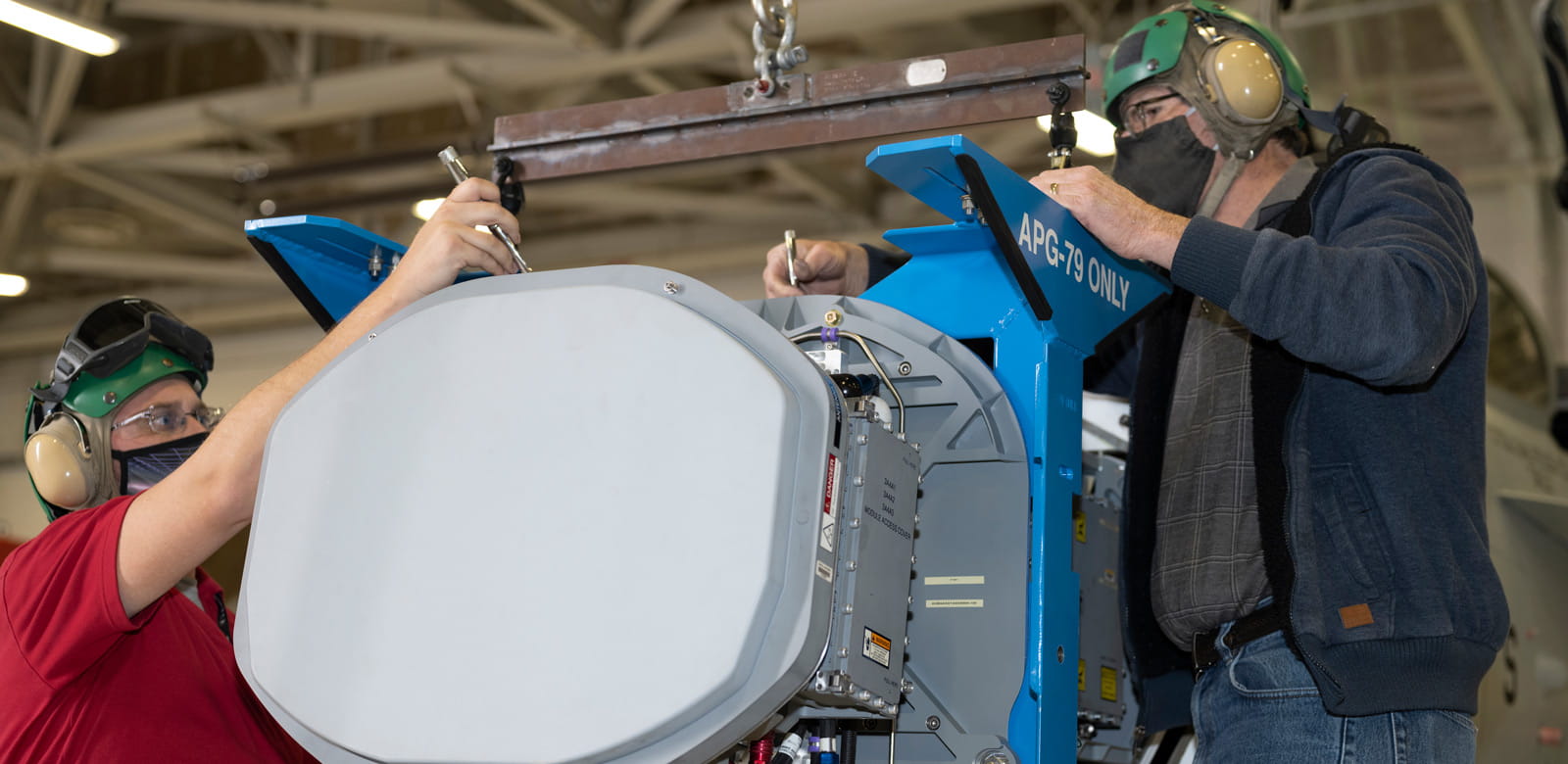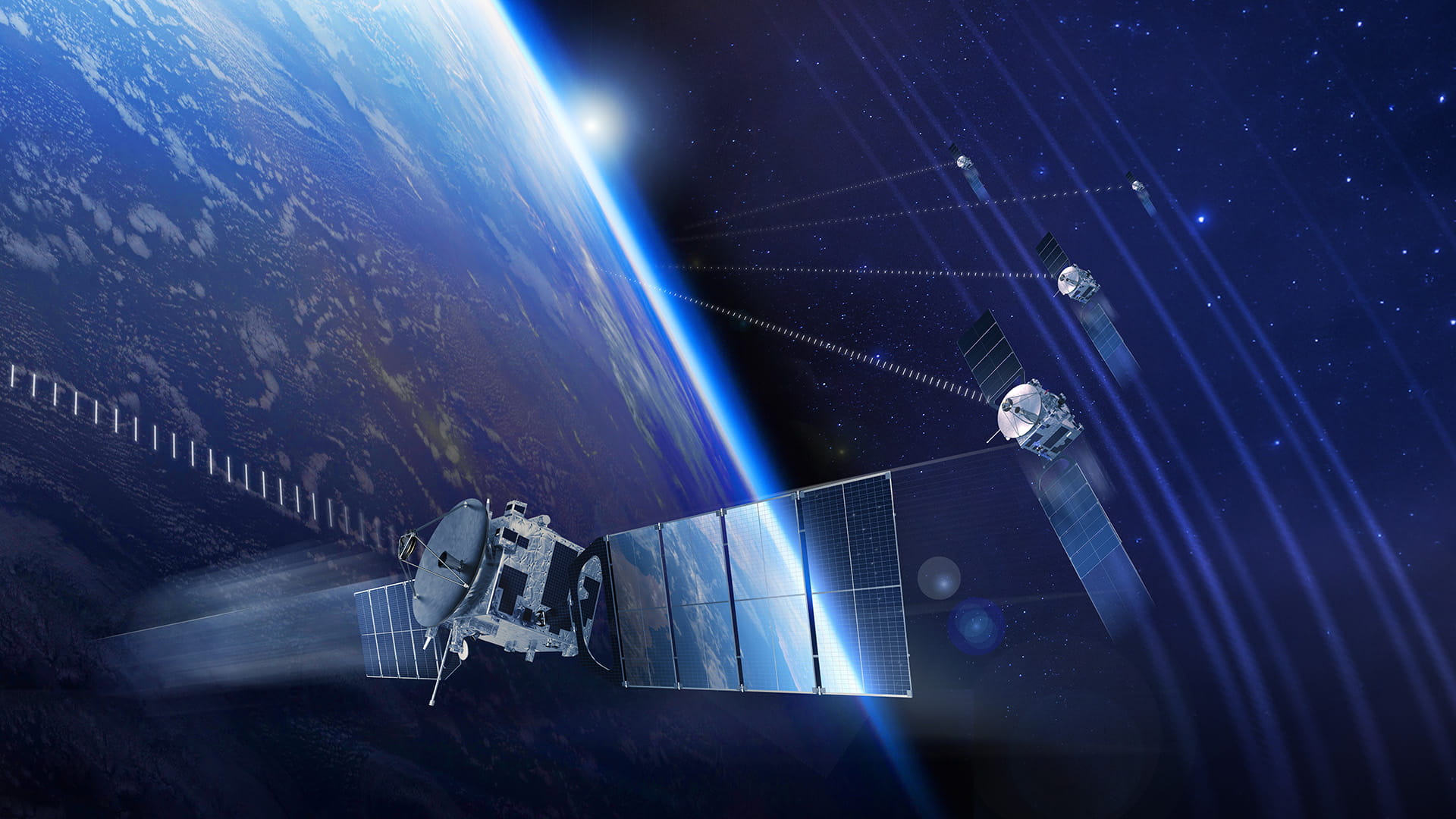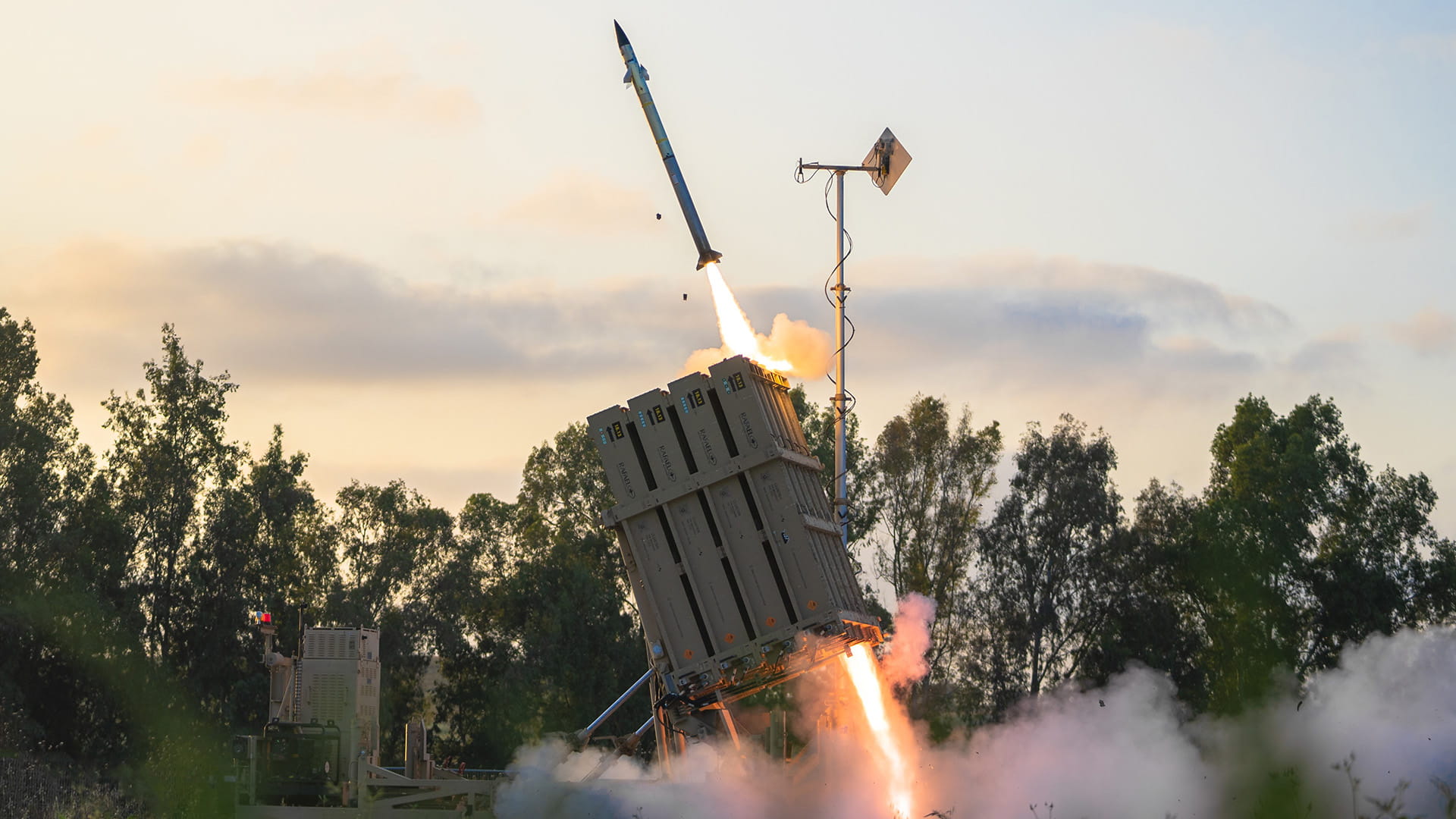Keeping 4th-generation fighters relevant
AESA and GaN technology provide a mission advantage
The mission: To help fourth-generation fighter jets like the F/A-18 keep pace with newer platforms.
Raytheon Intelligence & Space, a Raytheon Technologies business, is using technology upgrades – specifically the gallium nitride active electronically scanned array radar, or GaN AESA – to keep the fighter jets operationally relevant for decades.
“GaN is a game-changer that gives our fighters a big advantage,” said Thomas Shaurette, vice president of F/A-18 and Global Strike programs in Secure Sensor Solutions at RI&S. “For the U.S. armed forces and allies alike, upgrading to AESA GaN radars helps them maintain air dominance.”
AESA radars have several main advantages:
- They allow greater control of a beam by using hundreds of solid-state transmit and receive modules, rather than a large single unit.
- They enable aircrews to employ air-to-air and air-to-ground modes simultaneously, tracking multiple targets while continuing to scan rapidly large volumes of airspace for additional threats.
In the case of the APG-79(v)4 radar, which flies on the F/A-18, the GaN and phased array technology “equates to a Marine’s greater survivability in the air,” said David “Smoke” Beydler, a former U.S. Marine Corps lieutenant general, now working in RI&S business development. “And it will help keep these aircraft relevant through 2030.”
The radar uses a military-grade version of gallium nitride, a semiconductor that, in its common form, helps power household products including LED lightbulbs, televisions and Blu-Ray disc players. GaN’s main advantage is its efficiency; components that use it emit five times the radio frequency power of previous technologies. For radars, that means better search capability and less power consumption, all at a smaller size.
Raytheon Technologies’ development of gallium nitride dates to 1999, when the former Raytheon Company invested $200 million into internal research and development on the technology, along with $100 million in funding from the U.S. government.
“We were among the first defense contractors exploring GaN’s ability to upgrade our technology,” Shaurette said.
A major reason for Raytheon Technologies’ success with GaN is its state-of-the-art facility in Andover, Massachusetts, where scientists and technicians develop, design and manufacture GaN-based radar components.
This in-house facility helps control supply and production, keeping costs low and reducing risk, and was the first to achieve Department of Defense Manufacturing Readiness Level 9 – the highest level obtained by any defense industry organization.
“When national security is on the line, our customers depend on robust, proven technology that is certified by the U.S. government,” Shaurette said. “We are uniquely positioned to deliver that trusted air mission capability through our cutting-edge AESA technology and our world-class radar designers.”




